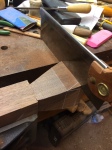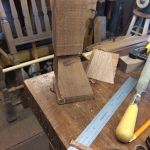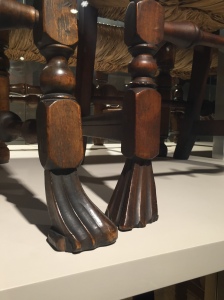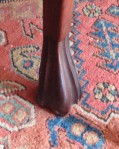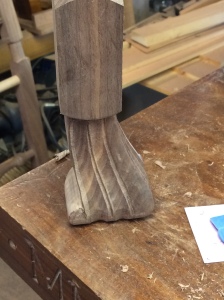Fifty-two years ago, I was released from active military service. I was glad. Almost immediately, I entered college on the GI Bill. I was glad. I majored in history, minored in philosophy. I loved it. I was glad. A liberal arts curriculum requires a student to write, a lot. I was glad… That said, many times, I was stumped. I remember sitting for long stretches, simply staring at that sheet of paper. I suffered from the dreaded “white paper syndrome.”
I am “smack, dab, in the middle” of my eighth decade. What does that have to do with anything? Well, I’ll tell you that now I suffer from “raw lumber syndrome”, which apparently attacks the same parts of the brain as does its “white paper” cousin. It’s not that I’m out of ideas of things to build. I have too many ideas. There are so many (potential) projects, so little time. What to do first? Not to mention second, then third.
Couple the confusion of too much input with things like being unable to lift and tote a 4 x 8 sheet of plywood and you have a recipe for frustration. Just today I found myself standing at my work bench, asking myself why I was holding a “45” in my hand?

It should be remembered, that Einstein developed the Theory of Relativity as a “thought experiment”. I find that many of my projects are now completely constructed in my head, long before they ever reach the workbench. This phenomena affords many benefits. Imaginary projects have no cost of materials. They require no additional space for display. And, they do not engender haggling over price with wannabe buyers. Imaginary projects are, perhaps, the perfect thing for the woodworker who has entered the “season of mastery.”
I’m sure that, as the weather warms, the completion of a number of on-going projects will increase in importance. But, for now, I will simply be content to paraphrase a well known philosophical consideration;
I THINK (about woodworking)
THEREFORE, I AM (woodworking)











































